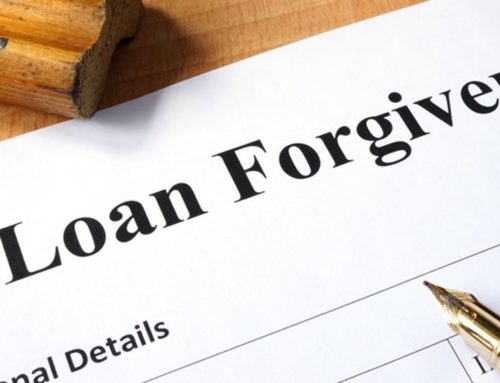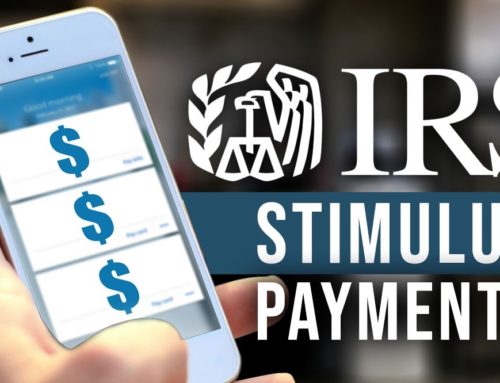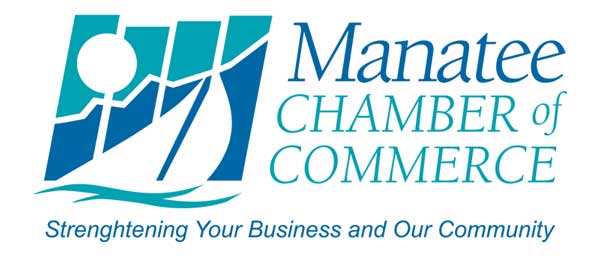The US Small Business Administration and Treasury released borrower loan applications for Paycheck Protection Program (PPP), which will be available Monday, January 11,2011, initially for select lenders and borrowers and then for all others in a few days.
The forms are Form 2483 – Paycheck Protection Program Borrower Application Form and Form 2483-SD – PPP Second Draw Borrower Application Form. Form 2483 is an updated Form for first time PPP applicants and Form 2483-SD is a new form for qualified PPP borrowers to seek a second draw of a forgivable loan during this COVID-19 pandemic.
The SBA and Treasury also published top-line summaries of the first-draw and second-draw PPP loans and a pair of procedural notices.
- Top-Line Overview of First Draw PPP Loans
- Top-Line Overview of Second Draw PPP Loans
- Procedural Notice – Modifications to SBA Forms 3506, 3507 and 750 CA (PPP only)
- Procedural Notice – SBA Procedural Notice on Repeal of EIDL Advance Deduction Requirement
The SBA and Treasury announced there will be $284 billion in PPP forgivable loans would reopen Monday firstly for community financial institutions that serve minority- and women-owned businesses to make loans and second-time PPP borrowers on Wednesday.
Congress included the PPP as part of the $900 billion COVID-19 relief bill. The original PPP provided $525 billion in forgivable loans .The new PPP has $284.5 billion available, including $35 billion for first-time loans.
The SBA and Treasury issued guidance late Wednesday night for the new PPP, which shares many of the same rules as the old PPP but also has some significant differences. The guidance came in the form of three documents:
Quick overview of PPP borrower application forms
The PPP borrower applications explain first- and second-time PPP borrowers may receive a loan amount of up to 2.5 times their average monthly payroll costs (with a cap per employee of $100,000 annualized) in 2019, 2020, or the year prior to the loan. PPP borrowers with NAICS codes starting with 72 including hotels and restaurants can receive up to 3.5 times their average monthly payroll costs on second-draw loans.
The forms also outline adjustments to the calculations for seasonal businesses, new businesses, farmers and ranchers, and partnerships.
The maximum loan amount is $10 million for first-time borrowers and $2 million for second-time PPP borrowers.
PPP borrowers can have their first- and second-draw loans forgiven if the funds are used on the following eligible costs: payroll, rent, covered mortgage interest, and utilities, covered worker protection and facility modification expenditures, covered property damage costs, covered payments to suppliers and payments for business software or cloud computing services that facilitate business operations, product or service delivery, and administration and accounting.
To be eligible for full loan forgiveness, PPP borrowers must spend no less than 60% of the funds on payroll over a covered period of their choice between eight and 24 weeks.
First time PPP loans are available to borrowers that were in operations on Feb. 15, 2020 and are from one of the following groups:
- Businesses with 500 or fewer employees that are eligible for other SBA 7(a) loans.
- Sole proprietors, independent contractors, and eligible self-employed individuals.
- Not-for-profits, including churches.
- Accommodation and food services operations with NAICS codes starting with 72 that have fewer than 500 employees per physical location.
- Sec. 501(c)(6) business leagues, such as chambers of commerce, visitors’ bureaus, etc., and “destination marketing organizations” that have 300 or fewer employees and do not receive more than 15% of receipts from lobbying. The lobbying activities must comprise no more than 15% of the organization’s total activities and have cost no more than $1 million during the most recent tax year that ended prior to Feb. 15. 2020. Sports leagues are not eligible.
- News organizations that are majority-owned or controlled by an NAICS code 511110 or 5151 business or not-for-profit public broadcasting entities with a trade or business under NAICS code 511110 or 5151. The size limit for this category is no more than 500 employees per location.
Borrowers are eligible for a second-draw PPP loan of up to $2 million, provided they have:
- 300 or fewer employees.
- Used or will use the full amount of their first PPP loan on or before the expected date for the second PPP loan to be disbursed to the borrower. The IFR also clarifies that the borrower must have spent the full amount of the first PPP loan on eligible expenses.
- Experienced a revenue reduction of 25% or more in all or part of 2020 compared with all or part of 2019. This is calculated by comparing gross receipts in any 2020 quarter with an applicable quarter in 2019, or, in a provision added in the IFR, a borrower that was in operation for all four quarters of 2019 can submit copies of its annual tax forms that show a reduction in annual receipts of 25% or greater in 2020 compared with 2019.




